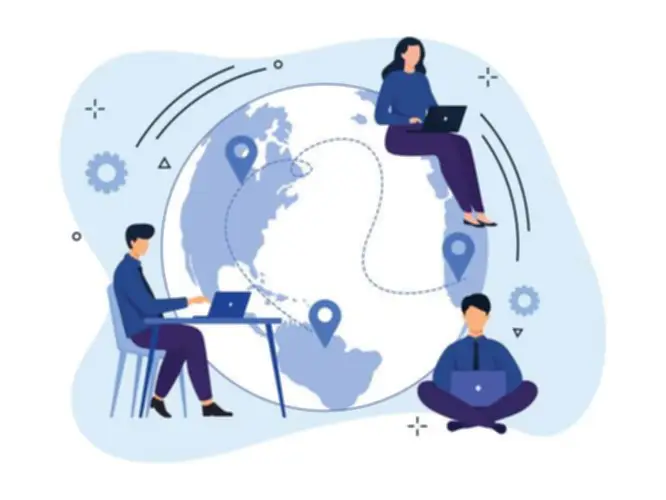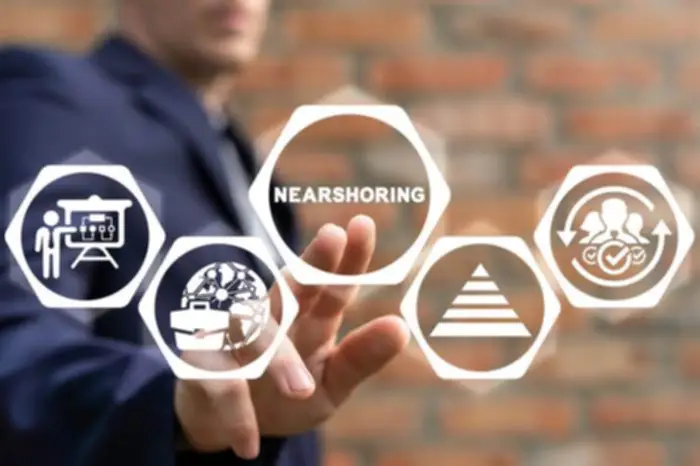Heavy.AI is a robust synthetic intelligence platform that enables companies and developers to easily construct and deploy AI-powered purposes. Heavy.AI is constructed on prime of the popular TensorFlow open-source library, making it simple to get started with deep studying and neural networks. With Heavy.AI, you’ll be able to rapidly practice and deploy your customized models or use one of many many pre-trained fashions available in the Heavy.AI marketplace. They depend on sensors and cameras located throughout the automobile to gather knowledge and make choices about the means to navigate and operate the vehicle. IoT edge computing is an optimum resolution for small immediate operations that should be processed at millisecond rates fog computing vs cloud computing.

Cloud computing depends closely on centralized servers that are positioned distant from customers, which may lead to slower response occasions and lag. In contrast, Fog computing distributes resources far more regionally, successfully bringing the processing energy nearer to the consumer. Finally, fog computing delivers cloud capabilities to the edge of networks, rising AI in automotive industry efficiency, lowering latency, and enhancing information processing capabilities.
Fog computing and edge computing have several advantages over conventional cloud computing, particularly in terms of processing knowledge in real-time. Edge is the closest you might get to end devices, therefore the lowest latency and instant response to information. This strategy allows to carry out computing and store some (only limited) quantity of information directly on units, purposes and edge gateways.
Client-based fog computing is good for purposes that require real-time processing, such as autonomous autos and industrial IoT. Cloud is the centralized storage situated farther from the endpoints than some other kind of storage. On the opposite hand, cloud is a strong global answer that can deal with big amounts of data and scale effectively by engaging extra computing resources and server space. It works nice for giant information analytics, long-term knowledge storage and historic information analysis. Cloud computing tends to depend on centralized knowledge facilities which are usually positioned in particular geographic areas, while fog computing distributes processing power much more broadly throughout a bigger space. This allows users to access data extra quickly and effectively via centralized hubs whereas also minimizing the danger of latency or connection points which may come up with cloud-based techniques.
Deciding Which Strategy To Use Is Decided By The Particular Wants Of The Organization:
- It uses local somewhat than remote computer resources, growing effectivity and energy while decreasing bandwidth difficulties.
- By leveraging cloud computing companies and only paying for what we want, we could keep away from the effort of proudly owning and sustaining infrastructure.
- At the identical time, specialized platforms (e.g., Azure IoT Suite, IBM Watson, AWS, and Google Cloud IoT) give builders the ability to build IoT apps with out main investments in hardware and software.
- Heavy.AI additionally offers a fog computing solution that can be used to manage and course of knowledge from IoT gadgets on the fringe of the community.
For occasion, site visitors information can be processed on the edge to adjust site visitors gentle timings in real time, improving site visitors flow and lowering congestion. The primary difference is where the processing takes place, With fog computing, the processing takes place near or at the edge of the community, with clouds doing most of the processing in centralized knowledge centers. Edge computing pushes a few of the processing to units on the fringe of the network, closer to the place the info is being generated or used.
Edge computing processes information immediately on the units that generate or gather the info, similar to on smartphones, industrial machines, or automobiles, thus minimizing latency to the utmost degree. According to projections by IDC, by 2025 the world will witness 55.7 billion IoT units, producing nearly 80B zettabytes of data. Firms are persistently integrating their internal operations by way of digital networks, understanding the criticality of widening their operational ecosystem.
What’s The Difference Between Cloud Computing And Fog Computing?
Fog nodes are linked with each other and may redistribute computing and storage to higher clear up given tasks. This implies that cloud computing tends to be extra weak to points with quality and consistency than fog computing since failures at one location affect the entire system. Ultimately, whereas each models have their benefits and drawbacks, it is clear that cloud computing just isn’t a good choice for all applications and industries.
On one hand, cloud computing is highly depending on having a strong and dependable core community. With Out a high-quality community, knowledge can turn out to be corrupted or lost, which might have critical penalties for customers. In contrast, fog computing takes a decentralized strategy, relying on systems at the edge of the community, corresponding to individual devices or sensors, to retailer and course of information.

The Way To Migrate Your Information To Aws Database Solutions
Whether Or Not it is streaming video or interacting in a digital setting, different characteristics of fog computing supply a level of velocity and agility that the cloud simply cannot match. In this submit, we are going to discover the key https://www.globalcloudteam.com/ variations between cloud and fog computing and clarify why fog computing and cloud computing have gotten more and more in style amongst companies. By understanding these differences, you can also make an knowledgeable determination about which answer is finest for your small business.
However, using the cloud computing framework would require a security system to safeguard your information towards potential cyber threats. For instance, you would possibly have to deploy cyber asset attack floor administration (CAASM) software to investigate and resolve potential vulnerabilities and entry points in computing infrastructures. Fog Computing works by connecting edge units, like sensors, gateways, and routers to the cloud.
These units are sometimes designed for particular duties and cannot deal with large-scale information analytics or storage. We typically hear about cloud computing, however phrases like edge computing and fog computing may depart you puzzled. This article presents a transparent, comparative insight into these emerging applied sciences. Fog computing may seem similar to edge computing because both contain transferring processing closer to the place data is collected. But in fog computing, knowledge is transmitted from the purpose of assortment to a gateway for processing, then sent again to the sting for action.